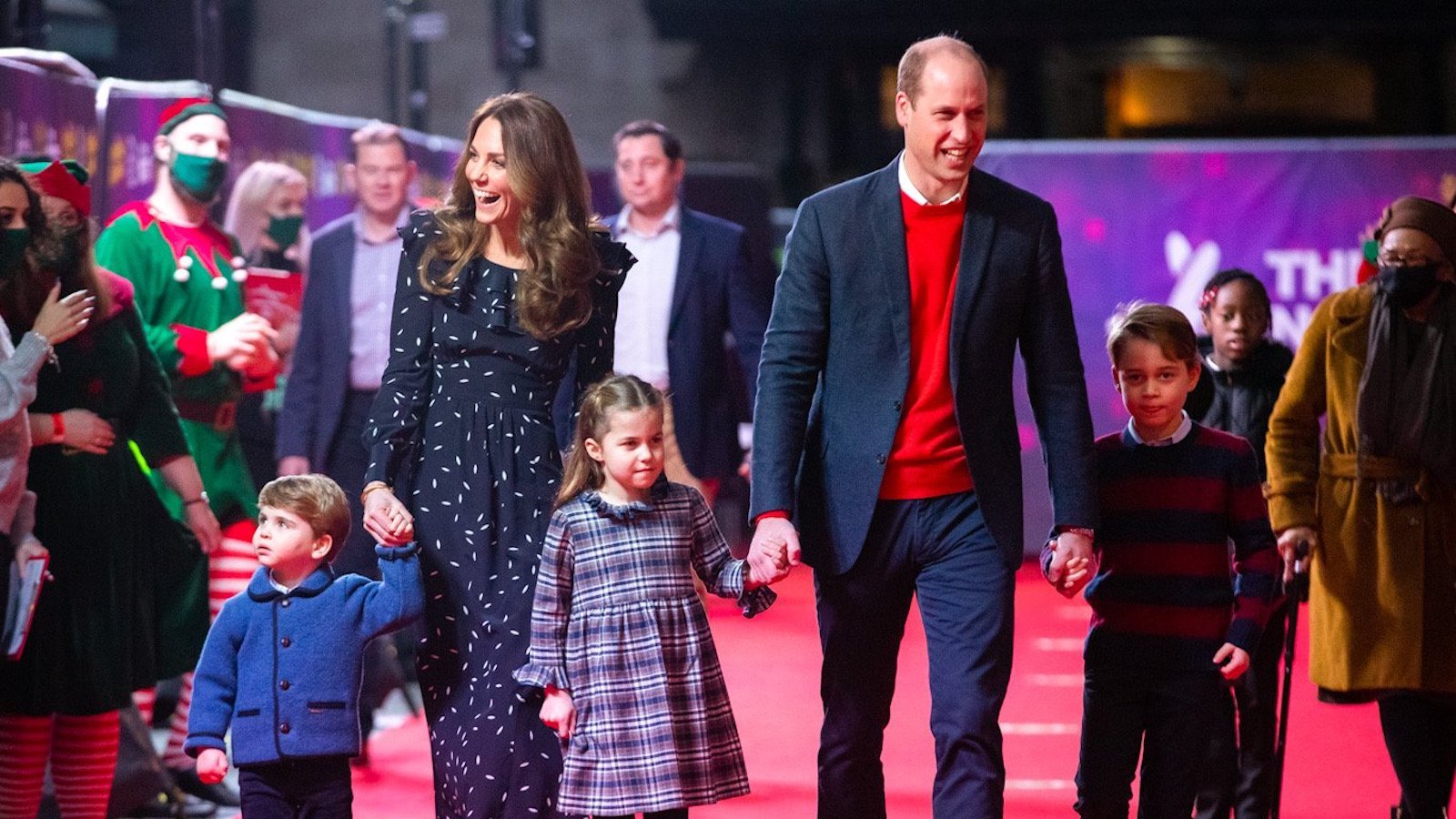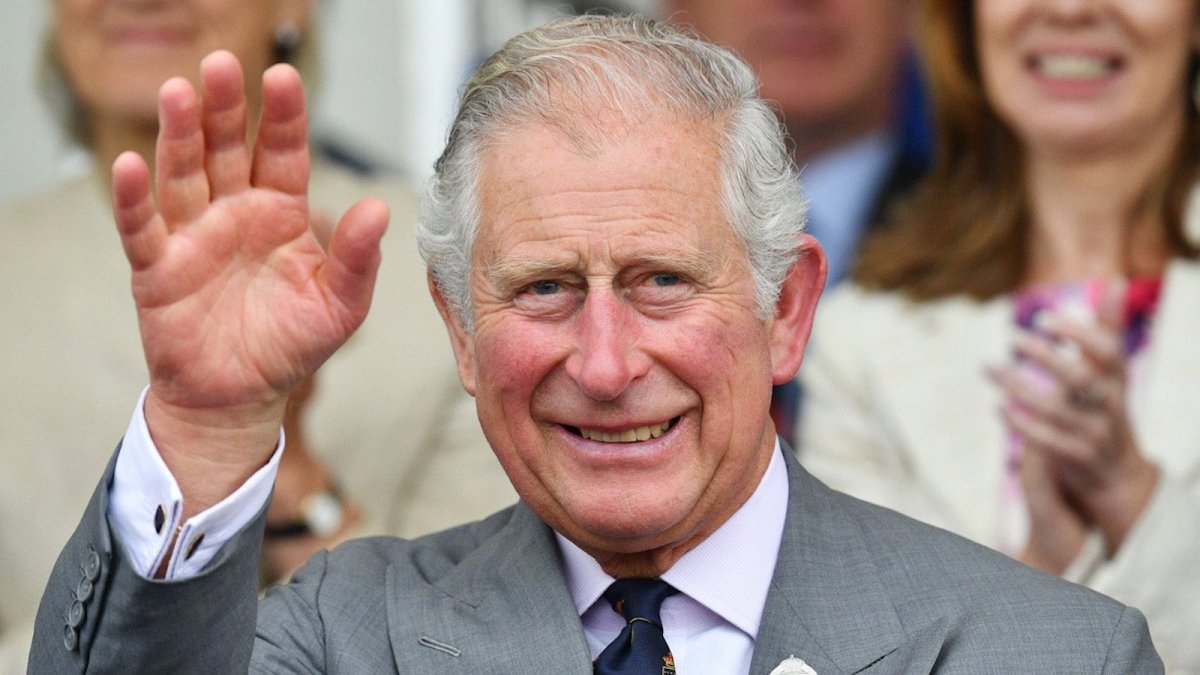After Queen Elizabeth II‘s passing on Thursday, her oldest son Charles automatically became King of England. Formerly the Prince of Wales, it was later confirmed he would take on the name King Charles III. But how has the head monarch’s death affected the established line of succession and who is next in line to the throne after King Charles?
The succession to the British throne is done linearly, from parent to child, taking age and gender into account. The oldest male descendant succeeds his predecessor, whether or not he has an older sister. The only way for a woman to become the head monarch, then, would be if she had no brothers, like in the case of Queen Elizabeth II. However, a reform to the succession law, agreed upon by the leaders of the 16 Commonwealth countries on October 28, 2011 granted female royals in line to the throne equal rights as their male counterparts to ascend, but only to those born after the date.
This change won’t affect the established line of succession, though, seeing as King Charles only had sons, and his eldest son’s first-born was also a boy.
If, in turn, the King or Queen die or abdicate without leaving a direct successor, their sibling or nearest blood relative ascends to the throne. This happened with Queen Elizabeth II’s father, King George V, who only became king because his brother Prince Edward abdicated.
The current British line of succession

In the new British royal hierarchy, the first in line to the throne is Prince William, the Duke of Cornwall and Cambridge, oldest son of King Charles III and the late Princess Diana. William and his wife Kate automatically inherited the titles of Duke and Duchess of Cornwall, which used to belong to Charles and Camilla – after the latter became King and Queen Consort. If the King wishes, he can also pass on his title of Prince of Wales — given to him by his mother — to William. If this happens, Kate could become Princess of Wales – a title which belonged to Princess Diana, and was passed on by the now Queen Consort Camilla out of respect for Diana’s memory.
Next in line to the throne is William and Kate’s son, 9-year-old Prince George. As it stands, George’s siblings — 7-year-old Princess Charlotte and 4-year-old Prince Louis — are third and fourth in line, respectively. This would change if and when Prince George has any children.
Although he and wife Meghan Markle stepped away from royal duties, gave up their His/Her Royal Highness (HRH) titles, and moved to America in 2020, Prince Harry is still in the line of succession to the British throne. Right now, Harry is fifth in line, but should William and Kate have any more children or George have children of his own in the future, this would automatically change.
Harry and Meghan’s children, Archie and Lilibet succeed their father in the hierarchy as sixth and seventh in line. With Queen Elizabeth II’s passing and King Charles III’s ascension to the throne, Archie and Lilibet have, as grandchildren to the King, automatically been given the titles of HRH, and Prince and Princess. In their highly controversial interview with Oprah Winfrey in March of 2021, Harry and Meghan indicated the Royal Family was against Archie — their only child at the time — receiving the title of Prince, but so far, King Charles has not shown any intention to change protocol.
After the King’s two children and five grandchildren, the next royal in line to the British throne is Prince Andrew, Duke of York – despite being stripped of his royal duties in January of this year in the aftermath of a sexual abuse lawsuit related to the Jeffrey Epstein child trafficking scandal. The gender reform does not apply here, so despite Anne, Princess Royal, being the eldest child of Queen Elizabeth II and Prince Philip, Duke of Edinburgh, after Charles, she is only the sixteenth in line.
Prince Andrew’s children and grandchildren come after him in the line of succession, followed by Prince Edward and his direct descendants, and finally Princess Anne and hers.
King Charles III is 73 years old, and his oldest son William is 40. In the current landscape, the British crown shouldn’t have to worry about a succession crisis for centuries to come.

